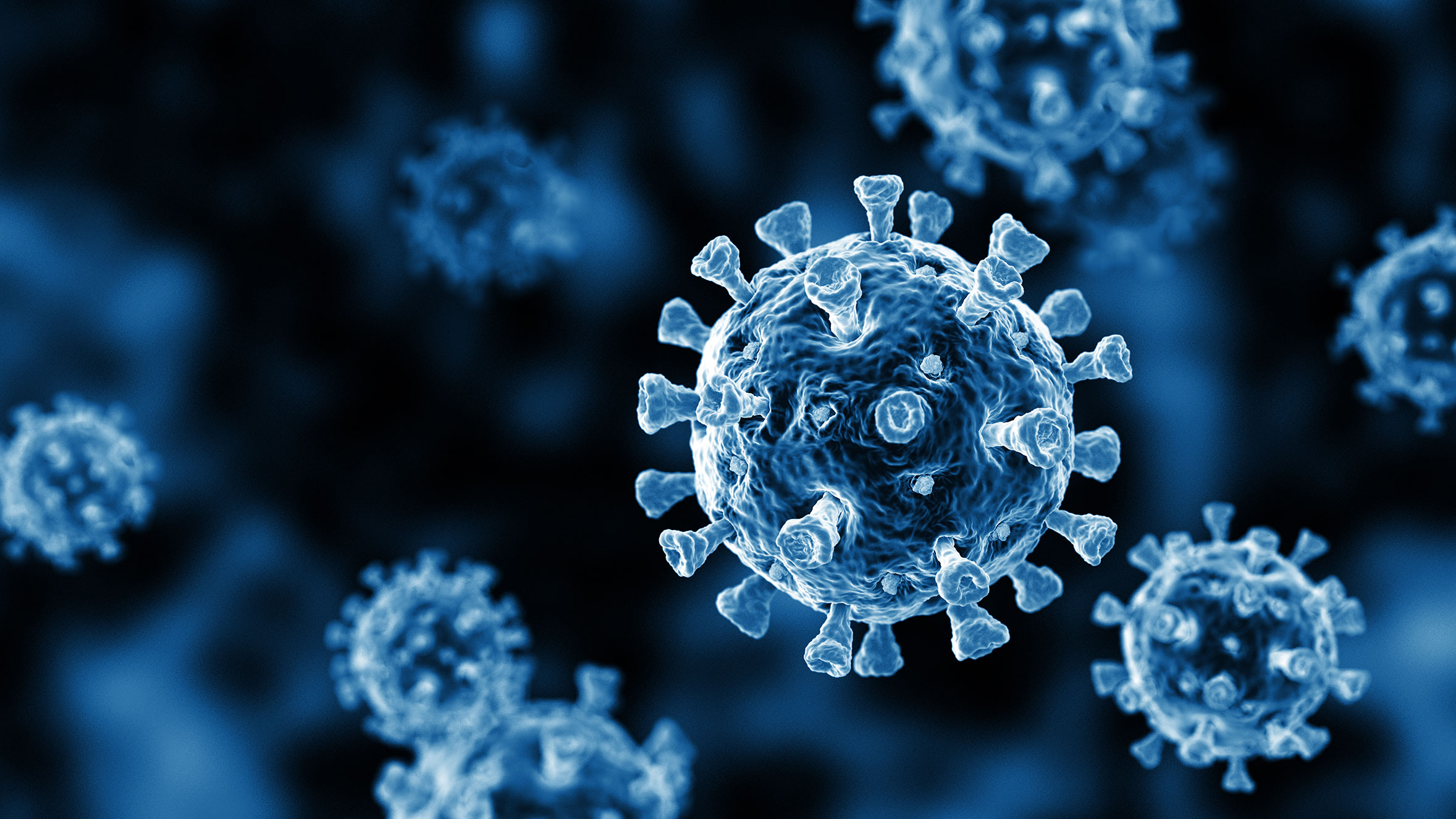
COVID second wave has created havoc in India. There might be more COVID waves too. We have been hearing this for a long time now. Many of us have recited the words ‘when this is over, but what does that mean? As the first, second, and third-order impacts of the virus occur at different times, this pandemic will not be ‘over’. At least not until we are through the result of the ‘third wave’ of the COVID-19 pandemic.
What is a wave in a pandemic?
There is no strict definition of an epidemic wave. It implies a rise in the number of sick individuals, a peak, followed by a decline.
Past pandemics were identified by ‘waves’ of activity spread over several weeks or months. When the level of disease reduces, there is a possibility of another wave. Waves of the pandemic are separated by months of activity and an instant at-ease signal. It implies that even during a lull, future outbreaks are around the corner.
COVID-19 has been affecting us for 1.5 years but, irrespective of the country, there are periods of surge and hiatus.
What are the three waves of COVID-19?

In the first wave, deaths and disability are proportionate to infection. In the second wave, people suffer in the medium term due to the measures taken to limit the spread of the virus. It affects those who delay treatment, has progressive diseases, or fail to notice symptoms early on.
The third wave of the virus is the effect on social determinants of health and the next generation. It will worsen weaker sections of the society and lead to severe economic injury. It will also take time for people to recover from its effects.
Will the third wave of COVID be stronger in India?

There is a lot of speculation about the third wave being the deadliest. It is not easy to predict but, every fresh wave is expected to be stronger than the previous COVID waves.
When the virus emerges, it has a free run and, the entire population is susceptible. But, in the subsequent cycles, the number of sensitive people reduces due to a rise in immunity.
However, this is not the same in the case of India. In the first wave, a small part of the population suffered.
But, the disease spread did not reduce due to the large population size. It is why there was a five-month period of decline after the wave peaked in September 2020. Moreover, since the second wave was supposed to be weaker, people assumed that the pandemic was close to its end. But, a large number of people were affected in the second wave, compared to the first. The positivity levels are over four times that of the first! Since gene mutations in the virus can alter the predictions, the immune response to the disease varies.






